Chemical Attack of Eastern Kurdistan-Zarda village in Dalahou Area -1988
The largest and most effective weapon used by the Iraqi state to silence the Kurds and eliminate them was chemical weapons, which are prohibited under the Geneva Convention of 1925. Although Iraq signed this treaty in 1931 and announced its conditional commitment, the Iraqi government has consistently disregarded the decisions of the international community in this matter (chemical attack) and ignored them, as well as disregarded international principles and foundations, and did not hesitate to commit crimes against the Kurdish nation without regard for the global community and humanity. Even senior officials of this regime, in their discussions and statements, have not denied the use of these weapons but have legitimized the use of larger and more destructive weapons.
The use of chemical weapons by the Iraqi state during the Ba’ath regime dates back to the beginning of the war between Iraq and Iran in 1983, 1987, and 1988 against civilians in towns and villages in Southern Kurdistan- Iraq, as well as in Eastern Kurdistan – Iran.
The Ba’athist regime of Iraq committed extensive crimes by using 6,000 chemical bombs in 285 bombing raids, of which only a tiny portion of these crimes has been published.
The regions in Eastern Kurdistan that were targeted by prohibited chemical weapons have been identified according to the list below.
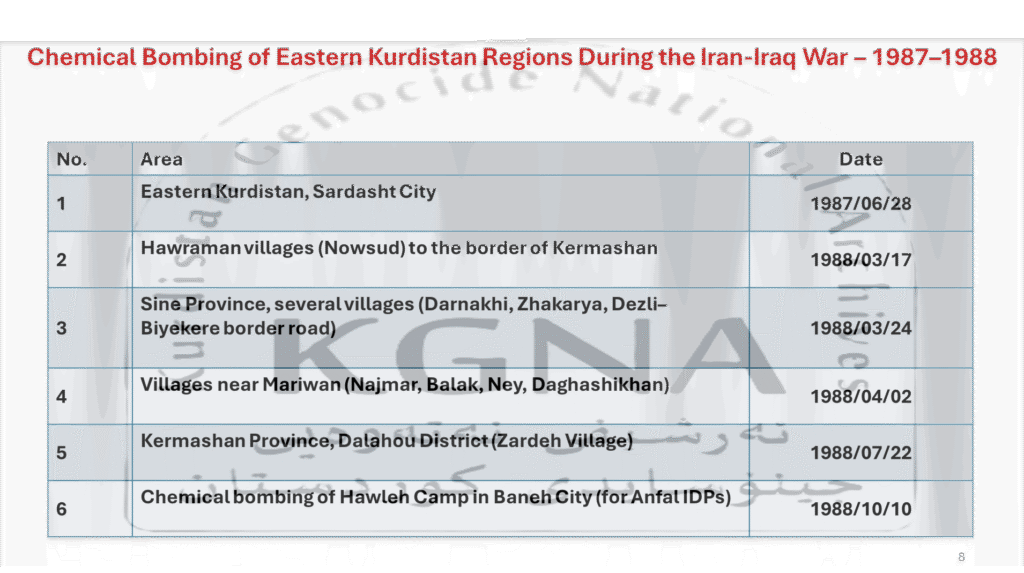
Chemical Attack of Zarda village
According to the chemical attacks calendar documented in the Kurdistan National Genocide Archive, this day marks the chemical bombing of Zardeh village, located in Dalahou district of Kermashan Province.
On July 22, 1988, during the final phase of the Iran-Iraq War, Iraqi Ba’athist regime warplanes launched a chemical attack on the village of Zardeh. In the very first hour of the attack, 275 people were martyred, and nearly 1,100 others were injured or exposed to chemical agents. The number of victims has since risen to 320.
According to documented reports, one of the chemical bombs landed in the village’s main spring — the only source of drinking water. Those who consumed the water suffered the most severe effects; many died, while others were seriously wounded and poisoned.
Throughout the eight-year Iran-Iraq War, the majority of towns and villages in Southern and Eastern Kurdistan were bombed with chemical weapons by the Iraqi state during the Ba’ath regime. The villages of Dalahou in Kermashan Province were not spared. In addition to Zardeh, the villages of Nesa and Dera in Gilan-e Gharb, and parts of Thalath Babajani and Sarpol-e Zahab, were also bombed on the same day.
As with other chemical weapons victims, survivors of this attack continue to suffer from chronic physical and psychological conditions — such as severe respiratory distress, chronic coughing, blood and lung disorders, congenital deformities, and partial or complete blindness. Many remain untreated, enduring years of suffering.
Unfortunately, this case has never been brought before a court. The families of the victims have received neither material nor moral compensation, and no justice has been served. Their demands for redress remain unanswered to this day.
Zardeh village is located in the Rezhaw area, and its residents speak the Kalhuri and Hawrami dialects. The shrine of Baba Yadgar, located in the village, is considered one of the holiest sites of the Yarsan faith.


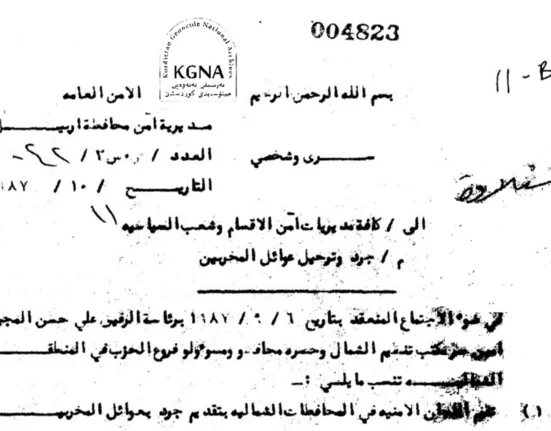
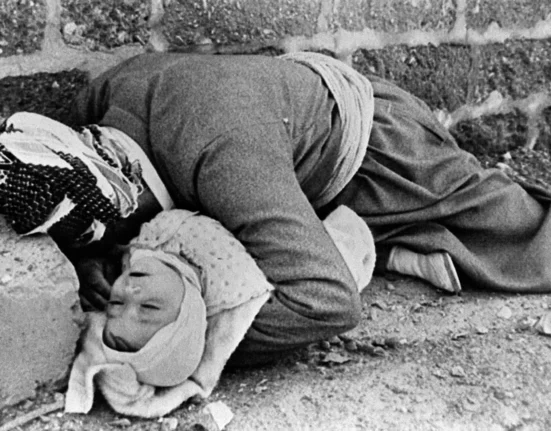
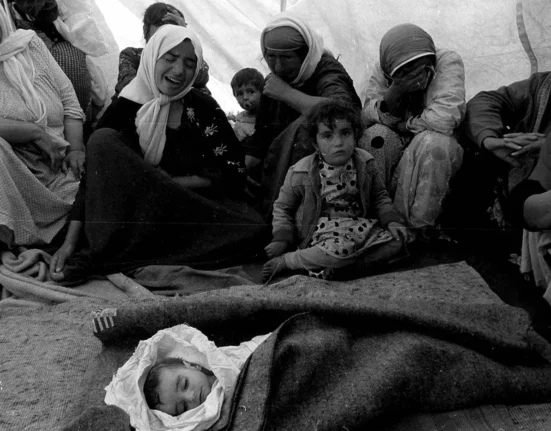
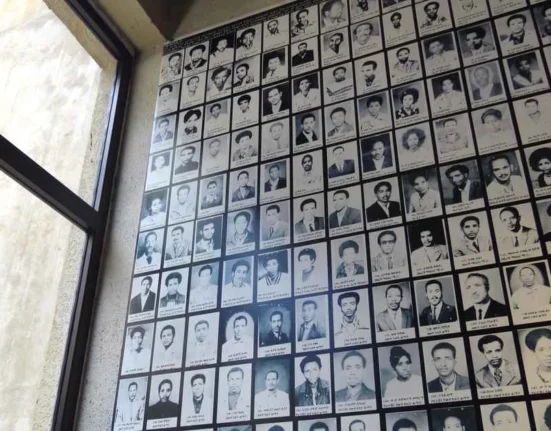



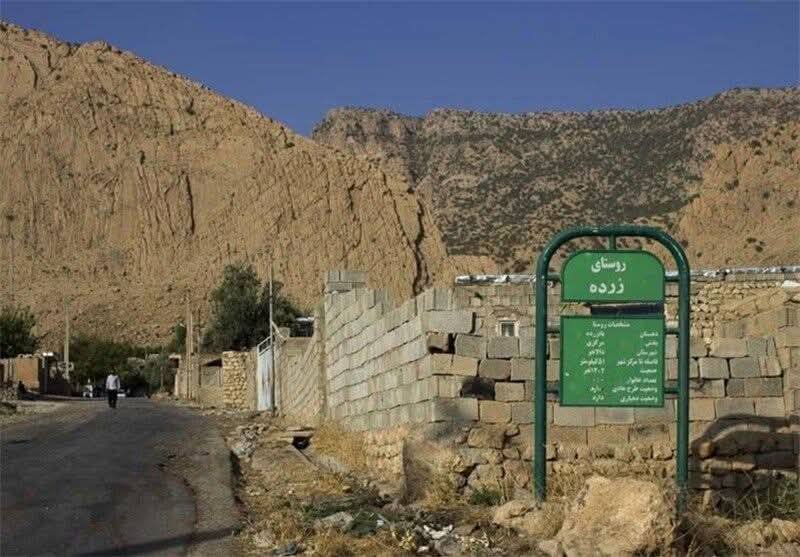
Leave feedback about this